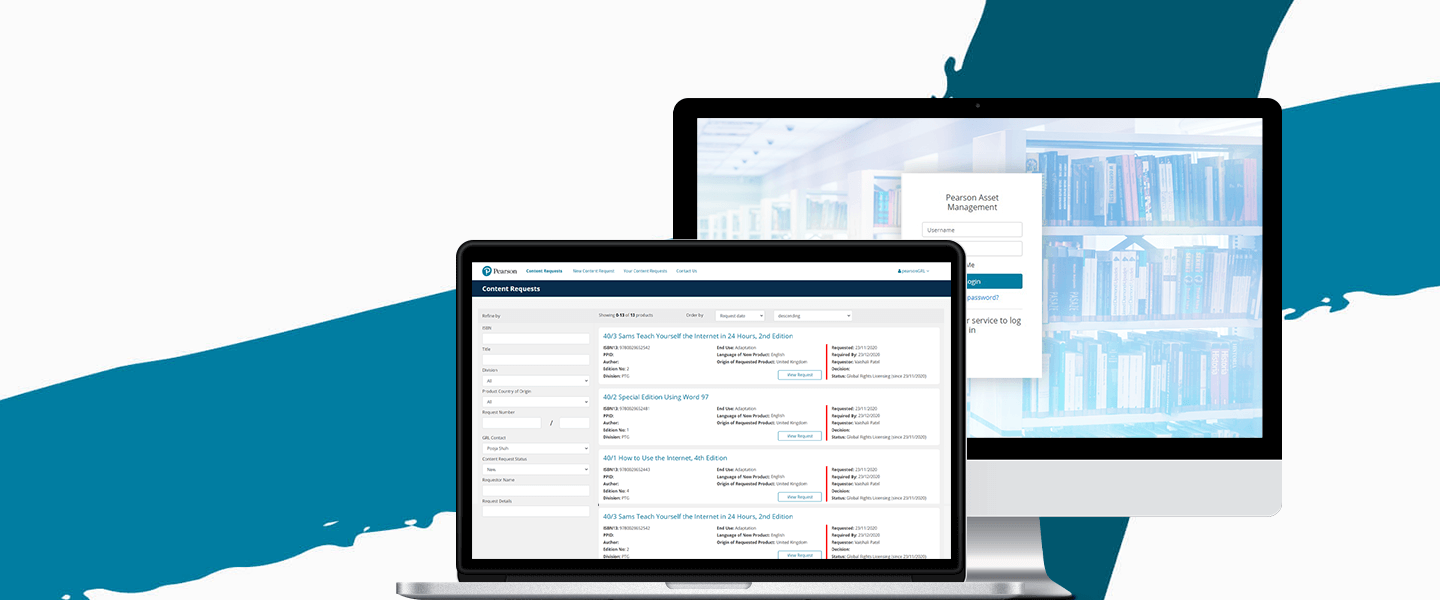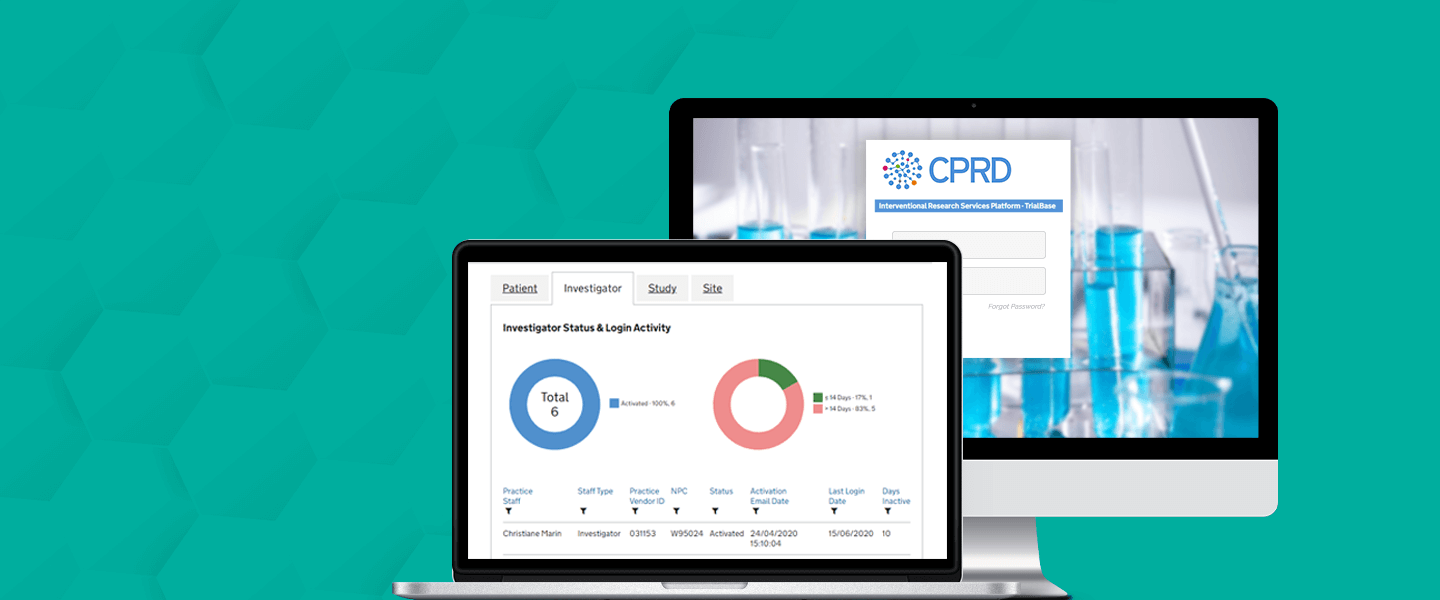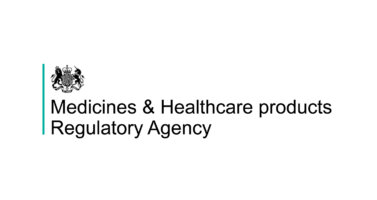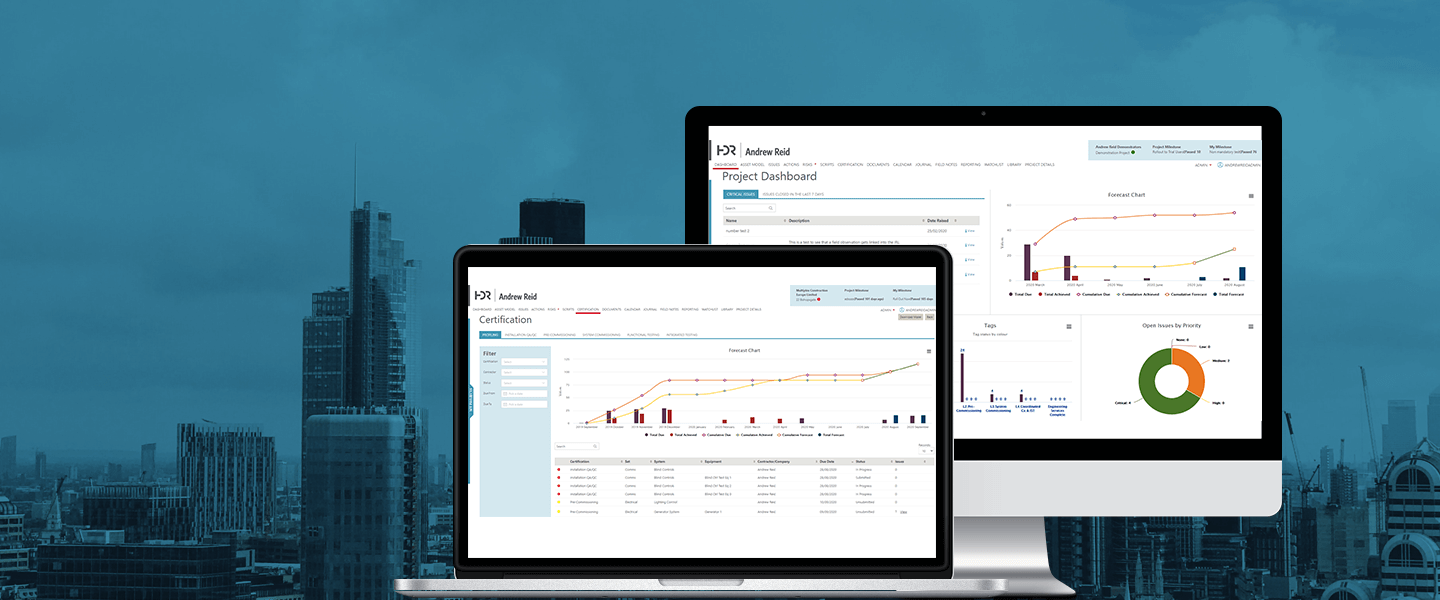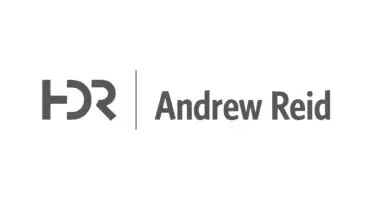Data Migration Services
If you need a quick, efficient and secure data migration service with no disruption to your business, our experts can help.

Data is one of your key operational assets. Because of its importance, data migration projects can make companies nervous, especially given the increasing complexity of data integration thanks to the number of file formats, the volume and the requirement to share existing data.
When is Data Migration necessary?
There are lots of reasons why the need for data migration can arise, whether:
- You’re modernising your legacy system and need the data migrated from the old system over to the new one.
- Your data needs to be synchronised between the old legacy system and new system so that a side-by-side system rollout can occur.
- You’ve got a new business application and want to integrate the data from an older application.
- You’ve acquired a new subsidiary, or you’re merging and you need data to be moved from many systems on to one.
- You’re moving your IT platforms to the cloud to help scalability and require data and application migration.
- You’re moving data from an existing server to a new or existing storage system, or you’re consolidating data centrally.
Data Migration Strategy
When you’re considering adopting a new system, we understand how important a sound data migration strategy is. No company wants the uncertainty of huge amounts of downtime, business disruption or worse – the possibility of lost data.
With more than 20 years’ experience of managing complex data migration scenarios, you can rely on One Beyond to ensure the process goes smoothly.
Data Migration Process
Broadly speaking, the data migration phases we follow are:
- design – identify existing data sources, determine the requirements of the new system and how the data will be converted.
- extract – export all the data from existing source(s).
- cleanse – review the data and identify data issues, remove redundant or duplicated data, identify incomplete data and correct inaccurate data.
- load – import the cleansed data to the new system, either in one go or phased or in parallel.
- verify – test the data and validate upload success.
Before we start the process, our highly experienced Technical Architects will work with you to understand your business objectives and IT strategies. They will look at how your current system – and the data within it – works, including what the data looks like, how it’s used, its quality and where it’s stored.
We will ensure that availability, security and reliability is built into the process by:
- Understanding what your data’s used for. We’ll assess the information environment, learn how and where you use your data and who uses it. We’ll also ascertain whether there may need to be a different use for the data in the future.
- Ensuring data quality (especially in legacy systems). There’s no point moving data that you don’t use, or that’s duplicated or incorrect. We’ll perform a thorough quality assessment to ensure standardisation that supports your users now and in the future.
- Constantly validating. Fixing mistakes after migration has happened is expensive. In the case of data migration from an old system to a new one, we’ll build a visual prototype of the new system to ensure the data is being used exactly how you’d envisaged; changes can be made throughout the process.
- Testing with end-users. We encourage you to share the prototype with your end-users so that, as well as validating throughout the process, they and other stakeholders can User Acceptance Test (UAT) the final migration to ensure it meets requirements.

